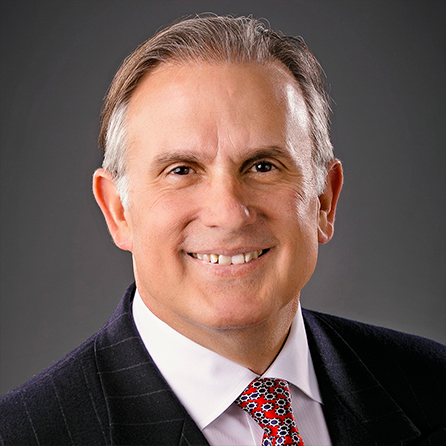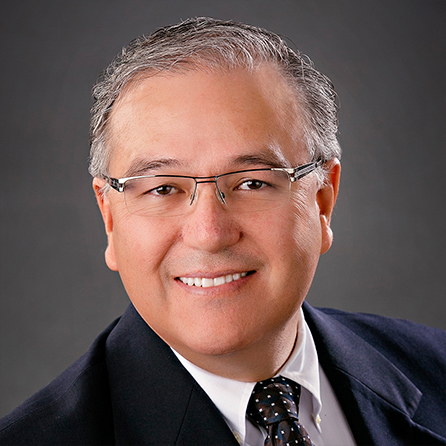Quick Links
- What is Platelet-Rich Plasma (PRP)? Platelet-Rich Plasma (PRP) is a concentration of platelets derived from your own blood. It is a substance that contains a high concentration of growth factors and healing properties, which can be used to promote tissue regeneration and accelerate the healing process.
- How is PRP obtained? PRP is obtained through a simple and safe procedure. A small amount of blood is drawn from the patient and then processed in a centrifuge to separate the platelets from other components of the blood. The resulting platelet-rich plasma is then ready for use.
- What are the benefits of PRP? PRP offers several benefits due to its regenerative and healing properties. Some of the common benefits include:
- Accelerated tissue repair and healing Reduced inflammation and pain
- Improve Collegian Production
- In what medical areas is PRP commonly used? PRP has medical areas, including:
- Orthopedics: For joint and tendon injuries, osteoarthritis, and other musculoskeletal conditions.
- Sports Medicine: To aid in the healing of sports-related injuries.
- Promotes blood vessel growth.
- Is PRP treatment safe?
- PRP treatment is generally considered safe since it utilizes the patient’s own blood, reducing the risk of allergic reactions or transmission of diseases. However, as with any medical procedure, there may be some minimal risks or side effects, such as mild pain, swelling, or bruising at the injection site. It is important to consult with a qualified healthcare professional to discuss any potential risks specific to your condition.
- How many PRP sessions are usually required?
- The number of PRP sessions required varies depending on the individual, the specific condition being treated, and the desired outcome. In some cases, a single session may be sufficient, while others may require multiple treatments spaced over several eoeIm°er months. Your healthcare provider will assess your situation and recommend the appropriate treatment plan.
- Is PRP covered by insurance?
- No, it is not covered by insurance. It is covered by the California State compensation program.
- How long does it take to see results from PRP treatment?
- The time it takes to see results from PRP treatment can vary depending on the nature of the condition being treated. Some patients may experience improvements shortly after the treatment, while others may require several weeks or months to notice significant changes. Your healthcare provider will provide you with a realistic expectation of the timeline based on your specific case.
- Are there any specific precautions or aftercare instructions for PRP treatment?
- Your healthcare provider will provide you with specific instructions based on your treatment. However, some common precautions may include avoiding strenuous activities for a certain period, applying ice or heat as recommended, and avoiding certain medications or supplements that can interfere with the healing process. It is important to follow your healthcare provider’s instructions for optimal results. You will need to avoid nonsteroidal anti-inflammatory medications for 8 weeks after an injection.
Best hand center I have experience in my whole life, the staff and Dr. Gali is the best hand surgeon in America!! Everyone so professional and respectful!!-DD


Randi A. Galli, MD
Board-Certified Surgeon
Dr. Randi Galli is certified by the American Board of Plastic Surgeons and a Fellow of the American College of Surgeons. A member of Alpha Omega Alpha, the medical honor society that comprises the top ten percent of medical students, Dr. Galli received his Medical Degree from Tulane University School…
Learn More

Ricardo Avena, MD
Board-Certified Surgeon
Dr. Ricardo Avena is board certified by the American Board of Surgery and is a Fellow of the American College of Surgeons. Born and raised in Mexico City, Dr. Avena attended medical school at the National Autonomous University of Mexico. Upon graduation, Dr. Avena received his certification from the Educational…
Learn More
Isobel Santos, MD
Board-Certified Surgeon
Dr. Santos attended the University of California, Berkeley with a B.A in Molecular and Cell Biology with a focus on Cell and Developmental Biology. She then received her medical degree at University of Vermont College of Medicine where she was nominated to be a member of the Alpha Omega Alpha…
Learn MorePatient Resources
Whether you are planning a procedure or you are interested in options for treatment, the professional and caring Regional Hand Center team makes it easy to find the answers you need. For an appointment or answers to your questions, call (559) 322-HAND.
View AllOur Blog

Enjoy Your California Summer Safely: Preventing Carpal Tunnel in Fresno, Merced, Modesto, and Visalia
Learn MoreThe Influence of Seasonal Activities on Hand Fractures
Learn More